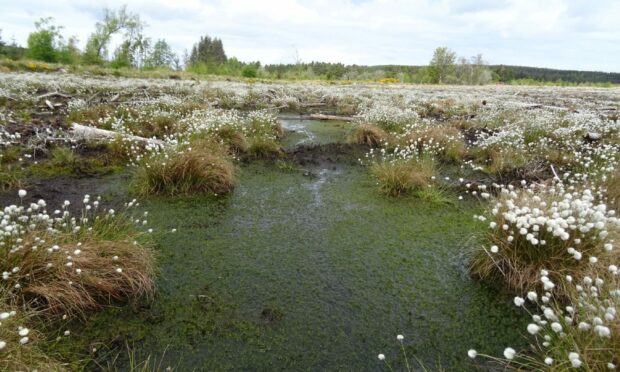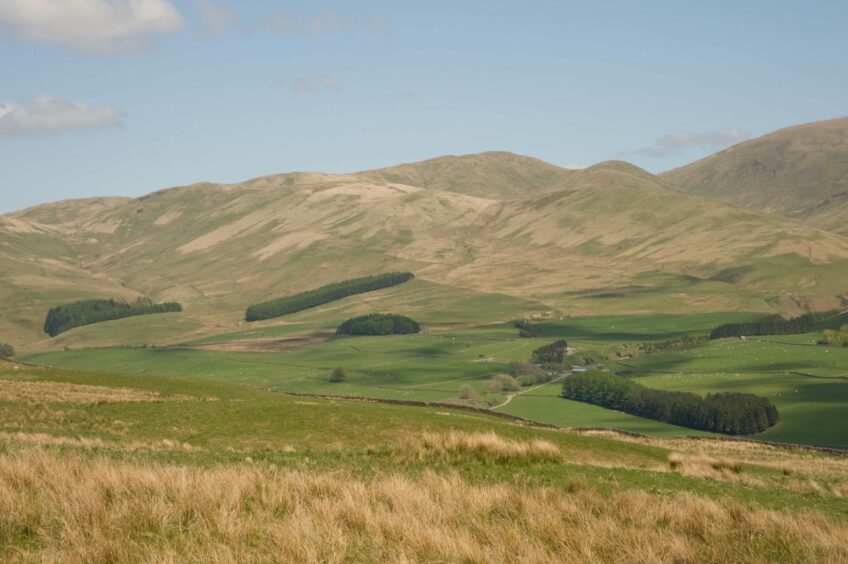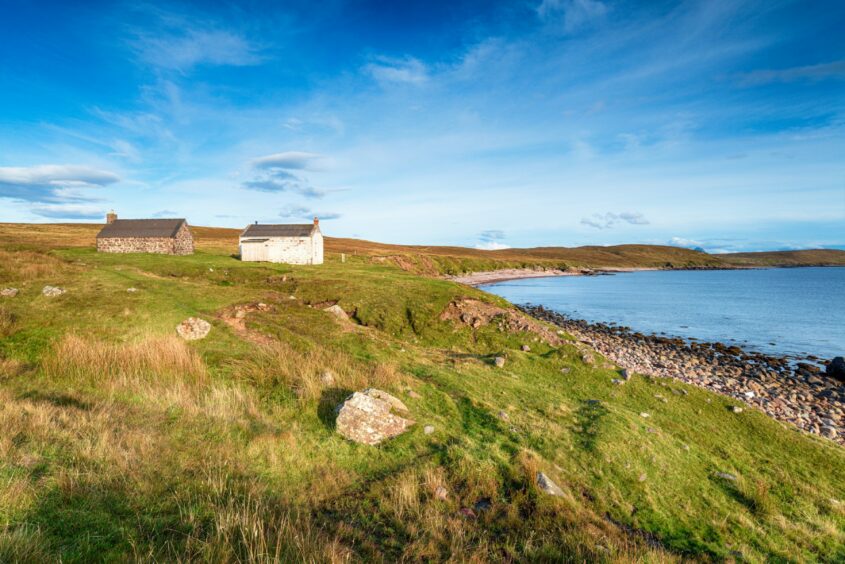COP26 in Glasgow means there is a much-increased emphasis on climate change and the prospect of new international agreements that will lead to a reduction in global warming.
Whatever comes out of these discussions, Scotland already has an ambitious climate change action plan which contains commitments to reduce emissions and increase sequestration of the greenhouse gases (GHG) that build up in the atmosphere.
Agriculture accounts for around 20% of Scotland’s GHG emissions and the Scottish Government’s commitment to net zero by 2045 requires a cut in on-farm emissions from a baseline of 7.5 million tonnes of carbon dioxide equivalent (MTCO2e) in 2018 to 5.3 MtCO2e by 2032.
All this attention on climate change comes at a time when Scotland has the need – and the opportunity – to reshape the way in which agriculture and other land management activities are supported by public funds.
Mechanisms
The current support mechanisms are likely to be replaced by more targeted funding streams which encourage the delivery of public benefits such as action to reduce net emissions of greenhouse gases.
At the same time, a market is developing in carbon credits which enables those companies and industries which have unavoidable emissions to offset these by paying for sequestration activities by another party.
So a land manager who plants native woodlands, or engages in peatland restoration, may be able to sell the carbon sequestration benefits associated with these activities to another party.
This is an emerging market and work remains to be done to ensure that there are proper verification and assurance mechanisms. The Woodland Carbon Code is one such mechanism which seeks to bring a structure and a degree of regulation to such transactions which involve tree planting.
Future
The net result of all of this is that farmers face a different future.
There is pressure to devote more land to woodland, restore and protect peatlands, change farming practices to reduce GHGs from activities such as fertiliser application and cultivation, breed livestock that have lower methane production, and society is being encouraged to adopt a more plant-based diet.
Balancing all of these needs will be a challenge for society as a whole and for individual farmers and land managers.
We can expect to see more help for farmers to carry out a carbon audit of their operations and more pressure for them to take action to make their own business carbon neutral, which suggests that farmers should be careful to avoid selling carbon credits at the moment in case they are needed to offset their own emissions.
Consequences
As these new policies are being developed, it will be important to ensure that there are no unintended consequences for the tenanted sector and that crofters and tenant farmers are able to have full access to the new suite of support measures that will be available.
This may require a review of some aspects of the current agricultural holdings legislation, and some tweaking of the support measures, so that tenants and landlords of agricultural holdings are able to play a full part in delivering and benefitting from the new package of policies and support mechanisms.
Together with the members of the Tenant Farming Advisory Forum, I will be feeding into this process to ensure that new policies and implementation measures are suitably “tenant proofed”.
Bob McIntosh is the Tenant Farming Commissioner.


